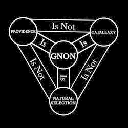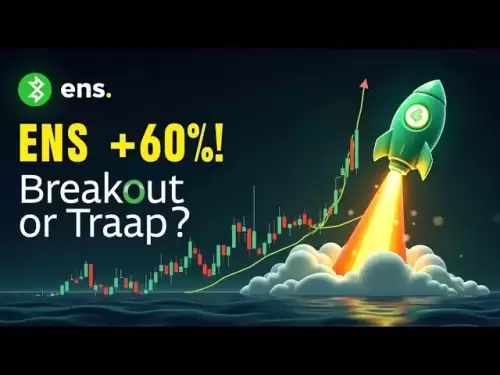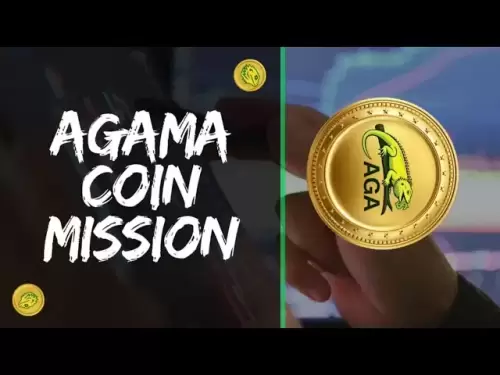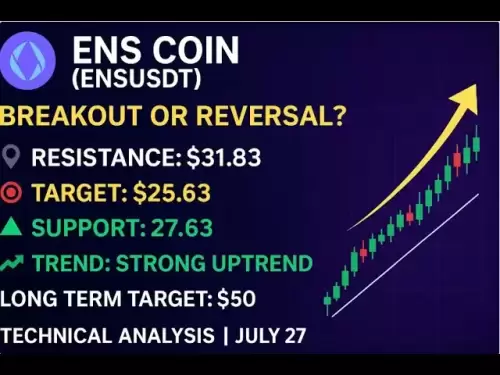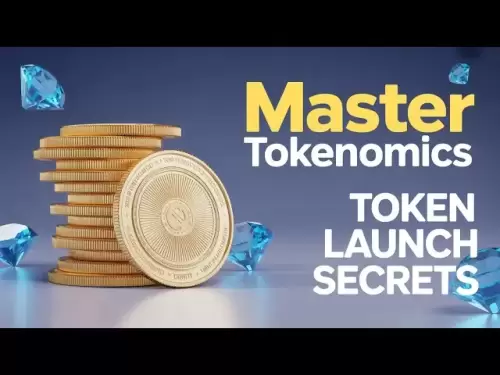-
 Bitcoin
Bitcoin $117900
0.31% -
 Ethereum
Ethereum $3766
0.28% -
 XRP
XRP $3.176
-0.31% -
 Tether USDt
Tether USDt $1.000
0.00% -
 BNB
BNB $795.6
1.51% -
 Solana
Solana $186.8
-1.09% -
 USDC
USDC $0.9999
-0.01% -
 Dogecoin
Dogecoin $0.2353
-1.33% -
 TRON
TRON $0.3226
1.49% -
 Cardano
Cardano $0.8172
-1.08% -
 Sui
Sui $4.178
3.06% -
 Hyperliquid
Hyperliquid $43.05
-3.39% -
 Stellar
Stellar $0.4367
-0.57% -
 Chainlink
Chainlink $18.62
1.47% -
 Hedera
Hedera $0.2828
6.63% -
 Bitcoin Cash
Bitcoin Cash $584.7
5.65% -
 Avalanche
Avalanche $24.81
2.53% -
 Litecoin
Litecoin $112.8
-0.88% -
 UNUS SED LEO
UNUS SED LEO $8.975
-0.08% -
 Shiba Inu
Shiba Inu $0.00001395
-1.07% -
 Toncoin
Toncoin $3.285
-1.05% -
 Ethena USDe
Ethena USDe $1.001
0.01% -
 Polkadot
Polkadot $4.123
0.76% -
 Uniswap
Uniswap $10.49
-0.18% -
 Monero
Monero $326.5
0.14% -
 Dai
Dai $0.9999
-0.02% -
 Bitget Token
Bitget Token $4.576
0.34% -
 Pepe
Pepe $0.00001247
-1.55% -
 Cronos
Cronos $0.1400
3.77% -
 Aave
Aave $295.1
-0.73%
What is the issuance mechanism and transparency of USDC
USDC's value is 1:1 backed by US dollar reserves in regulated institutions, with transparency ensured through regular audits by accounting firms and publicly available on-chain data. Redemption involves burning USDC for USD, but risks remain regarding custodian bank solvency and attestation accuracy.
Mar 09, 2025 at 10:05 am
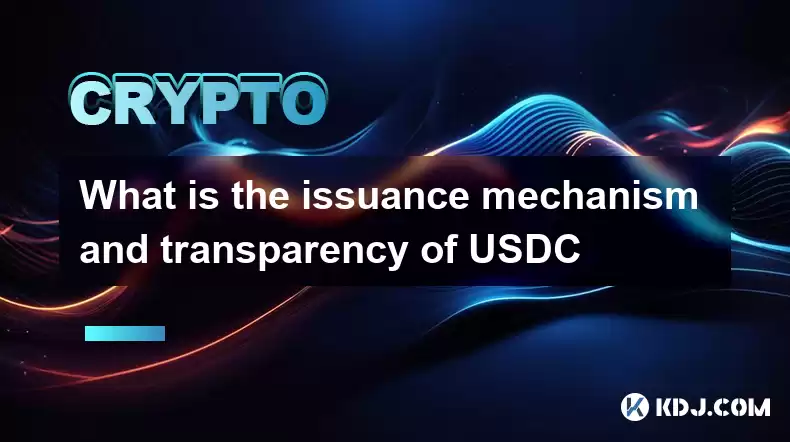
Key Points:
USDC's issuance mechanism is based on a 1:1 backing with US dollar reserves held by regulated financial institutions.
Transparency is maintained through regular attestations by reputable accounting firms, publicly available reports, and on-chain data.
The process involves users depositing USD, which is then converted into USDC on the blockchain.
Redemption involves burning USDC tokens in exchange for USD withdrawals.
Potential risks involve the solvency of the custodian banks and the accuracy of attestations.
What is the Issuance Mechanism and Transparency of USDC?
USDC, a prominent USD-pegged stablecoin, operates on a unique issuance and redemption mechanism designed to maintain its price stability and transparency. Unlike some cryptocurrencies that rely on complex algorithms or mining, USDC's value is directly tied to the US dollar. This is achieved through a system where every USDC token issued is backed by a corresponding US dollar held in reserve.
The issuance process begins with users depositing US dollars into accounts held by regulated financial institutions partnering with Circle, one of USDC's issuers. These deposits are then converted into USDC tokens on the blockchain. This process ensures a direct link between the fiat currency and the digital token, forming the core of its price stability. The process is auditable, providing a level of transparency often lacking in other cryptocurrencies.
Transparency is a critical element of USDC's design. Regular attestations from independent accounting firms verify the amount of US dollar reserves held against the number of USDC tokens in circulation. These attestations are publicly available, allowing users and the broader crypto community to verify the 1:1 backing. This regular auditing provides assurance regarding the solvency of the reserves and the integrity of the system.
Furthermore, the on-chain activity of USDC provides an additional layer of transparency. All transactions involving USDC are recorded on the blockchain, providing a public and immutable record of token creation, transfers, and burning. This allows for independent verification of the token supply and its movement within the ecosystem.
The redemption process mirrors the issuance mechanism. Users wishing to redeem their USDC tokens for USD initiate a transaction on the blockchain that effectively "burns" the USDC. Once the transaction is validated, the corresponding US dollar amount is released from the reserve and transferred to the user's designated account. This process ensures that the supply of USDC remains in line with the reserves.
The reserves themselves are held in accounts at regulated financial institutions. This crucial aspect of the system emphasizes the importance of security and regulatory compliance. The choice of these institutions and the specific accounts used are subject to scrutiny and audits, reinforcing the transparency goals of USDC. The detailed breakdown of the reserve composition, including the banks and types of assets held, is usually disclosed in the regular attestations.
However, despite the emphasis on transparency, potential risks remain. The primary concern revolves around the solvency of the custodian banks holding the US dollar reserves. While these banks are regulated, the possibility of financial distress or default, albeit low, still exists. Such an event could potentially impact the ability to redeem USDC for USD at a 1:1 ratio.
Another potential risk lies in the accuracy and reliability of the attestations provided by the accounting firms. While these firms are reputable, the possibility of human error or even intentional misrepresentation, though rare, cannot be entirely ruled out. Independent verification and scrutiny of these reports are crucial for maintaining trust in the system.
The intricacies of the USDC mechanism highlight the balance between innovation and risk management within the cryptocurrency space. The transparent design, while not foolproof, aims to address concerns about trust and accountability, essential for the wider adoption of stablecoins. The ongoing monitoring and auditing provide a framework for continuous improvement and risk mitigation. The public availability of the attestations and the on-chain data empowers users to actively participate in the oversight of this critical aspect of the cryptocurrency ecosystem.
Common Questions and Answers:
Q: What happens if the custodian bank holding USDC reserves goes bankrupt?
A: While unlikely due to the regulated nature of these institutions, bankruptcy could theoretically impact the ability to redeem USDC at a 1:1 ratio. The extent of the impact would depend on several factors, including the size of the bankruptcy, the recovery process, and the actions taken by Circle and other stakeholders.
Q: How often are the USDC reserves audited?
A: The frequency of audits varies, but generally, attestations are released regularly, often monthly, to maintain transparency and build trust. These reports detail the amount of USD reserves held against the USDC in circulation.
Q: Are all USDC reserves held in cash?
A: The composition of the reserves is usually disclosed in the attestation reports. While a significant portion might be held in cash, other highly liquid assets might also be included, depending on the strategy of the reserve managers. The specific details are subject to change and are best obtained from the official reports.
Q: Can I directly audit the USDC reserves myself?
A: While you cannot directly audit the reserves, the public attestations provided by independent accounting firms allow you to verify the reported figures. The on-chain data further supports independent verification of the token supply and transactions.
Q: What blockchain does USDC operate on?
A: USDC operates on multiple blockchains, including Ethereum, Solana, Algorand, and others. This allows for greater accessibility and interoperability within the broader cryptocurrency ecosystem. The specific blockchain used will depend on the context of the transaction.
Q: Is USDC regulated?
A: USDC is subject to various regulations depending on the jurisdictions in which its issuers and custodians operate. These regulations aim to ensure compliance and maintain the integrity of the system. The specific regulations involved can be complex and may vary over time.
Q: What are the risks associated with holding USDC?
A: While considered a stablecoin, USDC carries inherent risks. These include the risks associated with the solvency of the custodian banks, the accuracy of the attestations, and potential regulatory changes. The value of USDC is pegged to the US dollar, but unforeseen events could affect this peg.
Disclaimer:info@kdj.com
The information provided is not trading advice. kdj.com does not assume any responsibility for any investments made based on the information provided in this article. Cryptocurrencies are highly volatile and it is highly recommended that you invest with caution after thorough research!
If you believe that the content used on this website infringes your copyright, please contact us immediately (info@kdj.com) and we will delete it promptly.
- Bitcoin, Ruvi AI, and CoinMarketCap: Navigating the Future of Crypto
- 2025-07-28 02:30:12
- Dogwifhat (WIF) Eyes Bullish Breakout: Can It Breach $1.20?
- 2025-07-28 02:50:12
- Bitcoin Bounces: How the US-China Tariff Truce Impacts Crypto
- 2025-07-28 02:50:12
- Bitcoin Bull Market: Price Targets and Expert Takes
- 2025-07-28 02:30:12
- Cardano Price Rockets: ADA Jumps Past Resistance, $2 Target in Sight?
- 2025-07-28 01:30:14
- Ruvi AI: The Next Solana? Riding the AI Token Wave on CoinMarketCap
- 2025-07-28 00:50:16
Related knowledge
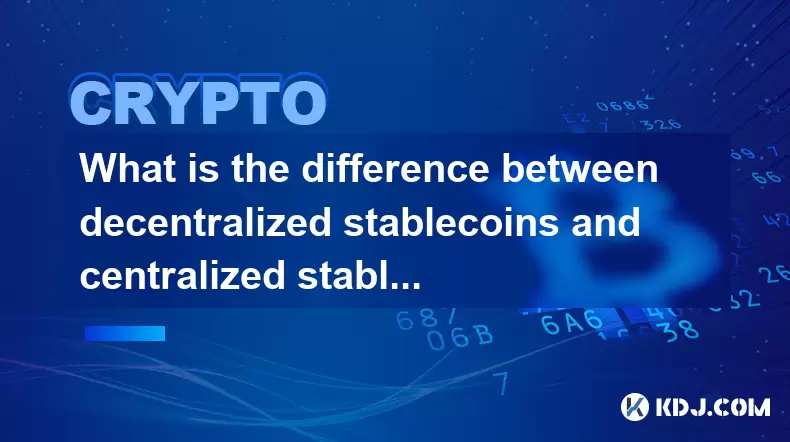
What is the difference between decentralized stablecoins and centralized stablecoins? Pros and cons comparison
Jun 15,2025 at 09:42am
What Are Stablecoins and Why Do They Matter?Stablecoins are a category of cryptocurrencies designed to maintain a stable value, usually pegged to an e...
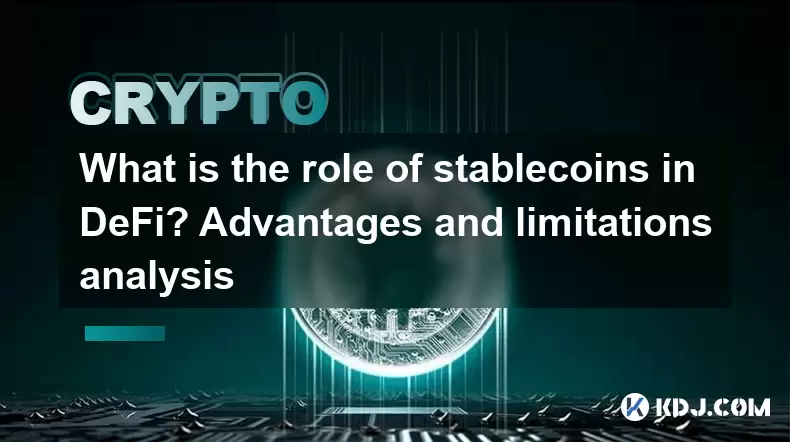
What is the role of stablecoins in DeFi? Advantages and limitations analysis
Jun 14,2025 at 06:28am
Understanding Stablecoins in the DeFi EcosystemStablecoins play a pivotal role in the decentralized finance (DeFi) landscape by providing a bridge bet...
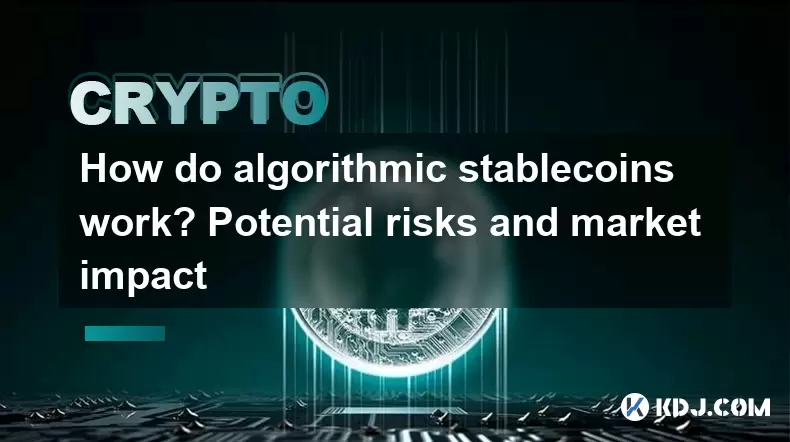
How do algorithmic stablecoins work? Potential risks and market impact
Jun 12,2025 at 02:07pm
Understanding Algorithmic StablecoinsAlgorithmic stablecoins are a type of cryptocurrency designed to maintain a stable value relative to a specific a...
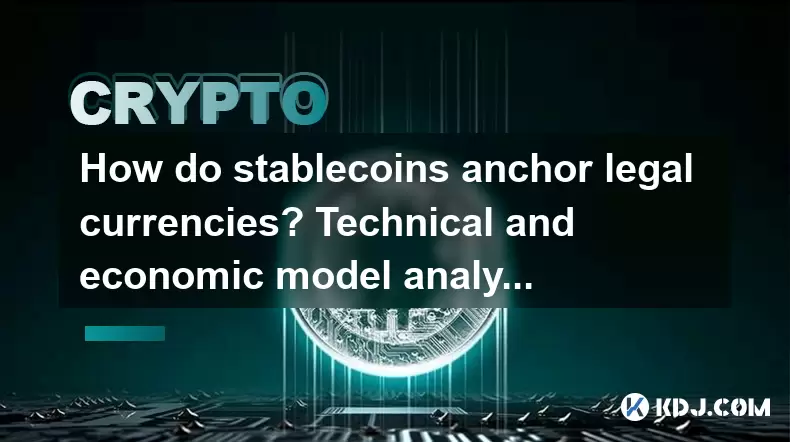
How do stablecoins anchor legal currencies? Technical and economic model analysis
Jun 16,2025 at 08:43am
Understanding the Concept of StablecoinsStablecoins are a category of cryptocurrencies designed to maintain a stable value relative to a specific asse...
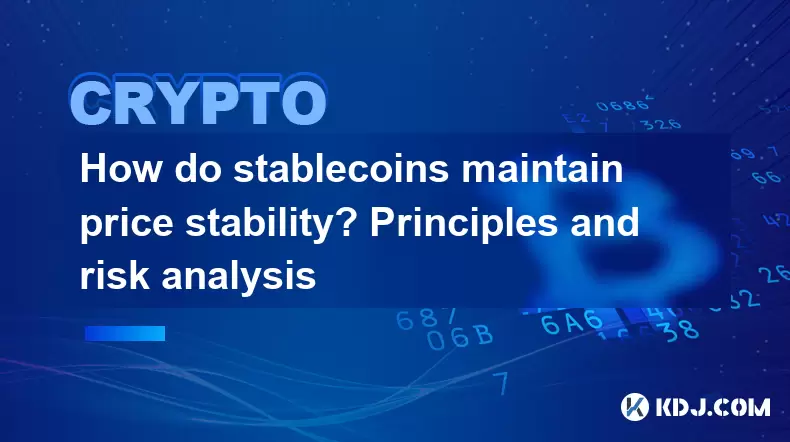
How do stablecoins maintain price stability? Principles and risk analysis
Jun 11,2025 at 12:01am
Understanding the Mechanisms Behind Stablecoin StabilityStablecoins are a category of cryptocurrencies designed to minimize price volatility, often pe...
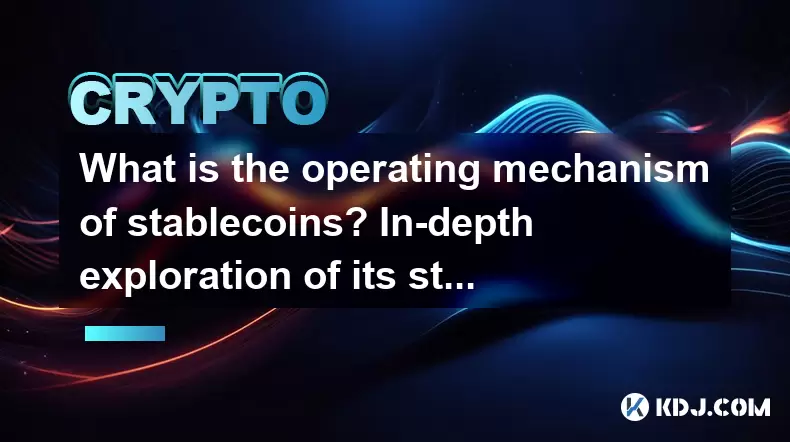
What is the operating mechanism of stablecoins? In-depth exploration of its stability principle
Jun 10,2025 at 09:28pm
Understanding the Core Concept of StablecoinsStablecoins are a unique category within the cryptocurrency market, designed to address one of the most s...

What is the difference between decentralized stablecoins and centralized stablecoins? Pros and cons comparison
Jun 15,2025 at 09:42am
What Are Stablecoins and Why Do They Matter?Stablecoins are a category of cryptocurrencies designed to maintain a stable value, usually pegged to an e...

What is the role of stablecoins in DeFi? Advantages and limitations analysis
Jun 14,2025 at 06:28am
Understanding Stablecoins in the DeFi EcosystemStablecoins play a pivotal role in the decentralized finance (DeFi) landscape by providing a bridge bet...

How do algorithmic stablecoins work? Potential risks and market impact
Jun 12,2025 at 02:07pm
Understanding Algorithmic StablecoinsAlgorithmic stablecoins are a type of cryptocurrency designed to maintain a stable value relative to a specific a...

How do stablecoins anchor legal currencies? Technical and economic model analysis
Jun 16,2025 at 08:43am
Understanding the Concept of StablecoinsStablecoins are a category of cryptocurrencies designed to maintain a stable value relative to a specific asse...

How do stablecoins maintain price stability? Principles and risk analysis
Jun 11,2025 at 12:01am
Understanding the Mechanisms Behind Stablecoin StabilityStablecoins are a category of cryptocurrencies designed to minimize price volatility, often pe...

What is the operating mechanism of stablecoins? In-depth exploration of its stability principle
Jun 10,2025 at 09:28pm
Understanding the Core Concept of StablecoinsStablecoins are a unique category within the cryptocurrency market, designed to address one of the most s...
See all articles
















